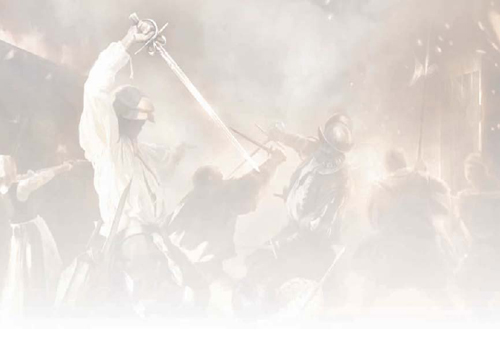

Sir Francis Drake is probably one of the most famous figures of the 16th century – a man of action who came to symbolize Elizabethan England just as much as the Queen he served. Drake was the archetypal Elizabethan ‘Sea Dog’. He was the leading member of that unique band of seafarers who helped thwart the Spanish Armada, but who also pursued their own destiny as explorers, pirates and adventurers. Drake himself has been described as a privateer, a courtier, a politician, a slave trader, an explorer, a naval commander and, of course, as a pirate. Clearly Francis Drake was a man of many parts.
To the English, Drake was a hero and one of the greatest seamen of his age. To the Spanish, though, he was El Draque (The Drake), a name whose similarity to the Latin draco (dragon) was used by Catholic propagandists to vilify him as a creature of evil. At best his enemies saw him as a pirate, operating beyond the bounds of legal and civil niceties. The real Drake lay somewhere in between these polarized views, a complex character whose exploits thrilled and horrified in equal measure. Without doubt Drake was a gifted leader of men, a skilled navigator and sailor, and an accomplished naval tactician. He was also driven by a burning religious zeal, and a voracious appetite for plunder.
This book describes his greatest raid – his assault on the Spanish Main in the mid 1580s, an action that served as a catalyst for war. By that time, however, he had nothing to prove. He was already a national hero, and the darling of the Elizabethan court. He had just been knighted by his sovereign, and the plunder from his recent raid into the Pacific had made him the equivalent of a multi-millionaire. What drove him to launch this new and powerful expedition was a passionate desire for revenge, staunch loyalty to his Queen and, above all, his insatiable desire for wealth.
By placing the greatest seaman of the age in command of the largest naval raid England had ever mounted against the Spanish Main, Queen Elizabeth was playing a game of global brinkmanship. Failure could lose her the kingdom, and her life. The stakes had never been higher. Once Drake set sail there would be no turning back. The Queen also had much to gain. War against Spain was looming, and to wage it King Philip II would need money – lots of it. His biggest source of revenue lay in the New World, in the silver mines of Peru and Mexico, the gold mines of Colombia and the emerald fields of Venezuela. Every year a portion of these great riches was taken to the ports of the Spanish Main, where they were shipped to Spain in well-protected treasure fleets. Queen Elizabeth hoped that by capturing the ports she could capture the treasure. Thus she could fill her own coffers while denying her Spanish rival the money he needed to strike back. It was audacious, bold and, at least in diplomatic terms, a wildly reckless gambit but then by 1585 Elizabeth and her advisors were running out of options.

Sir Francis Drake (c. 1540–96), seen in the three-quarter length armour he wore during his land operations on the Spanish Main. The Latin inscription in this contemporary engraving rather flatteringly describes him as ‘England’s most noble knight’, and the circumnavigator of the globe.
Historians have often portrayed the raid as a pre-emptive strike – an attempt to launch a crippling blow against the Spanish before the inevitable start of hostilities. This view makes the mistake of viewing things with the benefit of hindsight. In fact, Elizabeth and her advisors saw Drake’s expedition as a last great chance for peace, a drastic form of diplomatic coercion designed to avoid conflict, rather than to start it. As we shall see, the raid was originally meant to be a very different affair, launched against a target half a world away from the Caribbean. It also came within a hair’s breadth of being called off, as Elizabeth began to have second thoughts. Ever the opportunist, Drake solved the Queen’s problem by sailing anyway, before Elizabeth could change her mind.
What followed became the stuff of legend, a dramatic stab against the very heart of Spain’s overseas empire. Drake was in his element, and this proved to be his finest hour. His earlier forays into the Caribbean had been mere pinpricks. This was a rapier thrust. His foray into the Pacific earned him a fortune in plunder, but this raid was on a different scale entirely. Rather than commanding a single ship, Drake led a whole invasion force, ready and willing to cause as much destruction as they could, and his men were eager for treasure. After all, like all raids of this kind this was as much a business speculation as a military adventure, and with the Queen as his main financial backer, Drake not only had to strike hard against the Spanish, but he also had to turn a profit. This then, would be the wily Sea Dog’s greatest test.